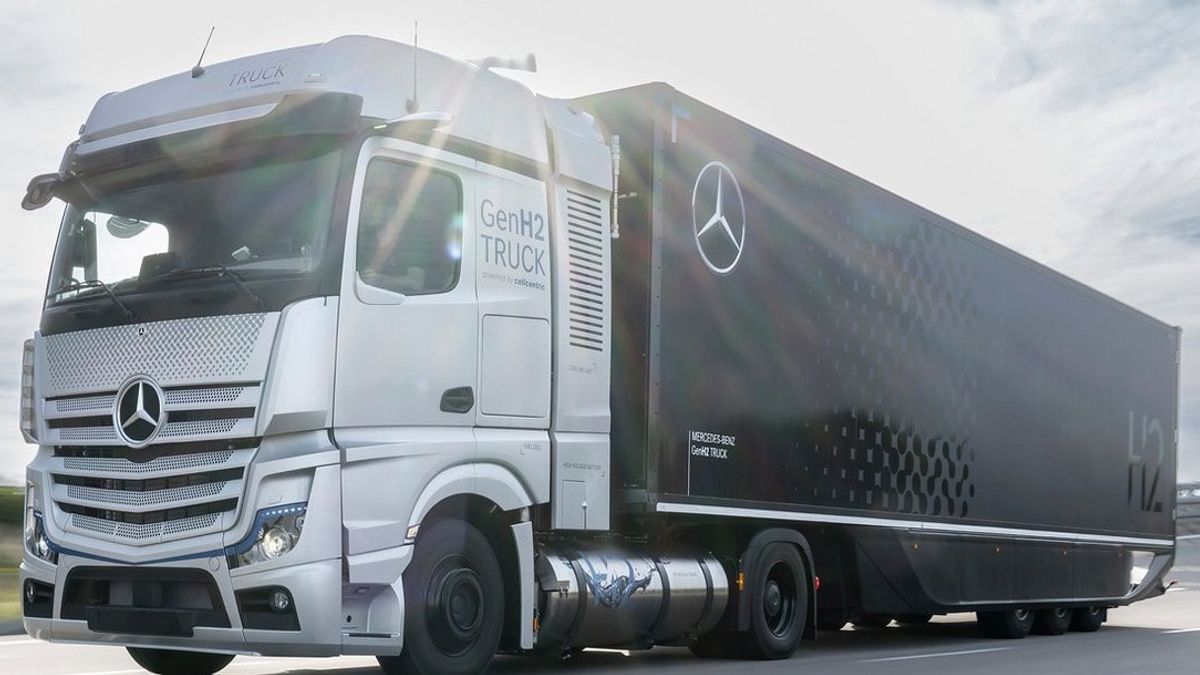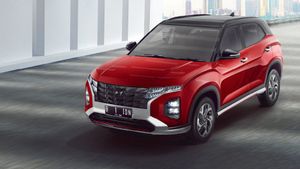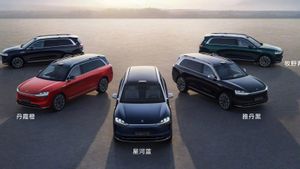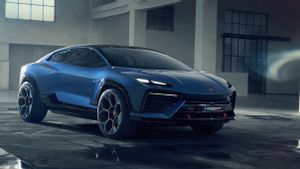JAKARTA - Daimler Truck is entering its next stage of development in its vision of reducing carbonization of transportation through the use of hydrogen-powered trucks.
After a rigorous testing phase on the test route and on public roads, the development of GenH2 trucks with hydrogen fuel cells has reached the next stage for the first time used directly by customers.
Currently Daimler Truck is continuing by building a fleet of first trials for Mercedes-Benz GenH2 Trucks customers. It is hoped that starting in mid-2024, Amazon, Air Products, INEOS, Holcim, and Wiedmann & Winz companies will take part in customer trials for the first time, so these companies have the opportunity to experience early experiences in CO2-free long-distance transportation with fuel cell trucks.
"With the first fleet aimed specifically at these customers, trucks with our fuel cells go through a real testing process by customers directly in the field. This test will automatically benefit both parties," said Andreas Gorbach, Member of the Board of Management Daimler Truck AG, in an official statement received, Wednesday, December 27.
He further said that customers can get to know fuel cell technology in daily real-life operations, and the company's engineering team can better understand the needs of customers and cases of direct use.
"This is clearly important for us in its goal for future series development," he added.
SEE ALSO:
This hydrogen truck will be directly used for long-distance application through certain routes in Germany, such as transporting building materials, marine containers or cylindrical gases.
During this first trial, GenH2 trucks remained under the supervision and direct responsibility of Mercedes-Benz Trucks. Vehicles will be refueled at the generalized liquid hydrogen filling station (sLH2) designated at Wörth am Rhein and in the Duisburg area.
Daimler Truck and its partner companies hereby initiated the creation of carbonless transportation projects with hydrogen-powered trucks, to prove that the proof of vision of reducing transport carbonization is currently possible.
Of course, the construction of international fuel filling infrastructure and adequate environmentally friendly supply of liquid hydrogen are needed so that this transformation is successfully achieved in the years ahead.
The English, Chinese, Japanese, Arabic, and French versions are automatically generated by the AI. So there may still be inaccuracies in translating, please always see Indonesian as our main language. (system supported by DigitalSiber.id)













